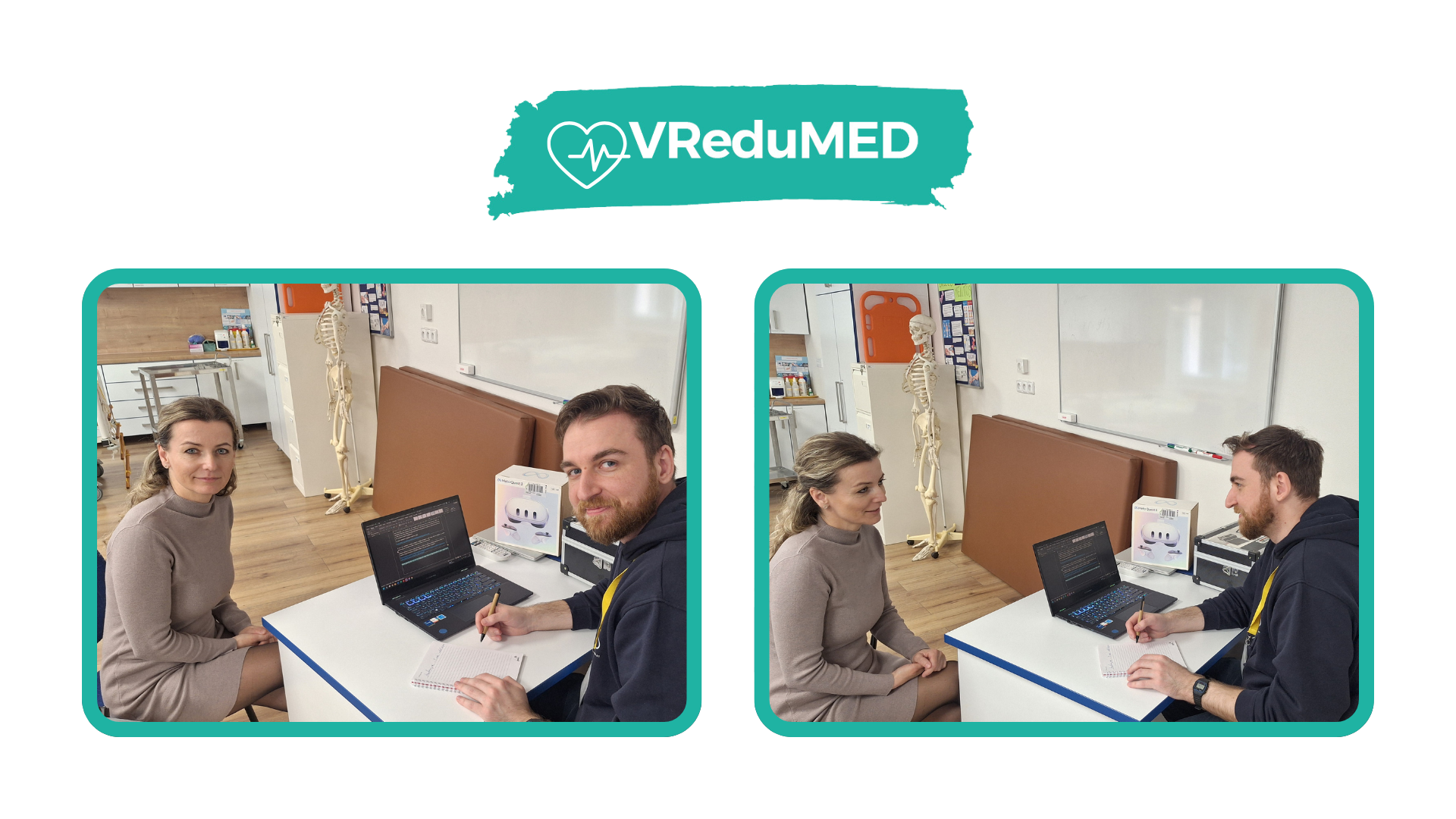The Stredná zdravotnicka škola is a vocational school for medical professions with a four-year upper secondary level, with approximately 600 students and 120 teachers and staff. Founded in 1949, this school in Prešov, the second-largest city in eastern Slovakia, offers full-time, high school diploma courses in nursing, dental technology, and massage. In addition, accelerated post-secondary qualification programs are offered for graduates with a high school diploma.
In the Slovak Republic, the education of nurses is regulated by national legislation and offers several pathways to acquire professional competence. Prospective nurses can qualify through higher professional education at secondary medical schools or by obtaining bachelor’s or master’s degrees in nursing from accredited universities. Afterward, they can further specialize or gain certification through a system of continuing professional education. This structured framework ensures diverse opportunities to enter and advance within the nursing profession. More detailed information is in this compact summary.
According to Prof. Marinicová the current and greatest challenges in nursing in Slovakia are a shortage of skilled workers, an aging workforce, the migration of staff abroad, and high psychological and physical stress.
One of the biggest challenges in student education is connecting theoretical knowledge with practical skills. While students learn a great deal of theory in class, actually applying this knowledge in a clinical setting is often difficult. Added to this is the increasing digitalization that is taking hold in the healthcare system and must be reflected in training.
Accordingly, the school has been working on the integration of information and communication technology for many years as part of several projects and recently purchased some VR headsets. Up until the time of the interview, the school had only received very basic training and presentations and did not yet have suitable training software.
Ms. Maria Marinicová is convinced that the introduction of virtual reality (VR) in educational institutions, especially in the field of practical nursing, offers enormous potential for improving practical teaching.
Immersive learning with VR: Practice safely, experience realistically
She highlights the potential added value of VR learning scenarios as allowing students to practice their skills in a safe and controlled environment without the risk of harming the patient. This allows skills, abilities, and procedures to be repeated as often as necessary until the trainee feels confident. VR can also simulate crisis situations or rare diseases that trainees may rarely encounter in real life. And the immersive experience is particularly high among students.
Since nursing students are also being prepared for work in retirement homes, VR applications that can simulate the illnesses of elderly patients are also considered relevant. Applications that could immersively depict dementia , amnesia, or communication problems such as visual impairment would therefore be a worthwhile experiment.
However, the introduction of virtual reality also brings with it significant challenges that must be carefully considered and addressed. A key prerequisite for success is the acceptance of new technologies by teachers. At Stredná zdravotnicka škola is also primarily concerned with costs, meeting technical requirements, and integration into the curriculum. Particularly popular here is the use of VR headsets in small groups, where short VR sequences of approximately five minutes are conducted. The content of the headset is projected onto a screen so that the other participants can also follow the action.
The school hasn’t yet had much experience with various VR applications, but considers realistic patient interaction and excellent image and sound quality to be essential when selecting apps. Other key criteria include the use of clinically relevant content, choice options, dynamic scenarios, repeatability with automated feedback, and, above all, reliability and cybersecurity for students and instructors.
AI and VR in interaction – the future of nursing education?
The school sees potential areas for VR in the areas of technical skills training or method and process training. Virtual visit scenarios and training for risk situations could also be successfully practiced with this technology.
VR as a support for training in dealing with and communicating with the patient would be one of the most important topics, says Prof. Marinicová:
In their dream scenario, an AI coach in VR/AR nursing education acts as a tireless, intuitive mentor, as educators struggle to guide multiple students simultaneously. This AI coach observes students in real time, tracking every clinical action, verbal exchange, and emotional cue during VR simulations. It understands the content of communication between the virtual patient and the student, analyzes decisions under pressure, and provides immediate, context-sensitive feedback. For example, prompting action when a patient’s vital signs deteriorate or pointing out an overlooked step in a procedure are created. Personalized debriefings are created after each scenario to help students reflect on their clinical accuracy and bedside manner.
AI could learn the strengths and weaknesses of each individual student and dynamically adapt future simulations to encourage and support their development, including coaching on soft skills such as empathy and communication. The question remains: what role teachers would play once technology advanced to this level? Would teachers need to be “better than omniscient AI,” and if so, where this human capital would come from, assuming there are many schools in Slovakia, Europe, and worldwide? Would this spell the end of the teaching profession?
Further information: Stredna zdravotnicka school
© Stredna zdravotnicka school Sládkovičova
PhDr. Mária Marinicová with Martin Novysedlák from the Bratislava University of Economics
